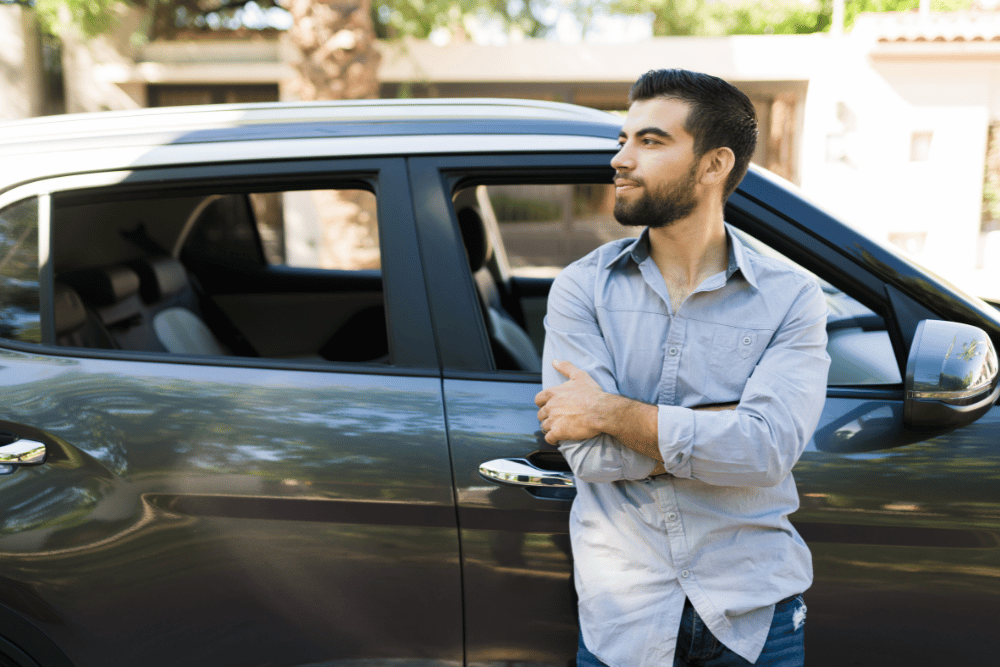Whether you frequently borrow cars or need coverage for occasional use, it’s important to know what your car insurance options are as a non-car-owner in Australia.
Find out how insurance works if you aren’t the owner of the vehicle right here with Savvy’s guide. Learn about how you can be covered if the vehicle isn’t registered in your name and your insurance options today.
Can I insure a car I don’t own in Australia?
Yes – even if you’re driving a vehicle which isn’t registered in your name, you can still purchase car insurance for it. This is generally required if you’re the primary driver of the car, such as if your parents own the vehicle but don’t drive it as much as you do. Car insurance is generally required to be taken out by the primary driver of the vehicle, with any other users able to be listed as additional drivers.
If you drive a car you don’t own but aren’t the primary driver, you can generally be listed as a secondary driver on that policy and not have to buy one yourself. However, if you’re listed as an additional driver but are the main driver in reality, this is known as fronting and is considered a form of insurance fraud. It’s important to be honest about your driving habits and those of your car’s other drivers, as you could land yourself in hot water if your insurer finds you to be fronting on your policy when you make a claim.
Am I covered if I drive someone else’s car?
In Australia, if you drive someone else's car, your coverage will depend on the insurance policy held by the owner of the vehicle. Most car insurance policies in Australia provide coverage for occasional drivers, as long as they have the owner's permission to drive the car. However, it's important to note that the level of coverage and any limitations or exclusions can vary between policies and insurance providers.
For instance, while some comprehensive car insurance policies may offer cover for other drivers who aren’t listed on the policy, this won’t necessarily always be the case. Some may charge an additional excess for any claims made while an unlisted driver was at the wheel, while others may exclusively cover those listed on the policy.
If you’re planning to drive someone else's car, it's crucial to confirm with the owner whether their insurance policy extends coverage to you as an additional driver. Additionally, it's a good idea to review the policy's terms and conditions to understand any specific requirements or limitations that may apply.
If you frequently drive someone else's car or find yourself in situations where you are regularly using a vehicle that you don't own, you may want to consider discussing this with the owner and exploring the option of being listed as a nominated driver on their insurance policy. This can provide you with additional peace of mind and ensure you’re adequately covered in case of a covered accident or damage.
It's important to remember that insurance coverage can vary, so it's always a good idea to consult with the owner of the vehicle and their insurance provider to clarify the extent of coverage before driving their car.


